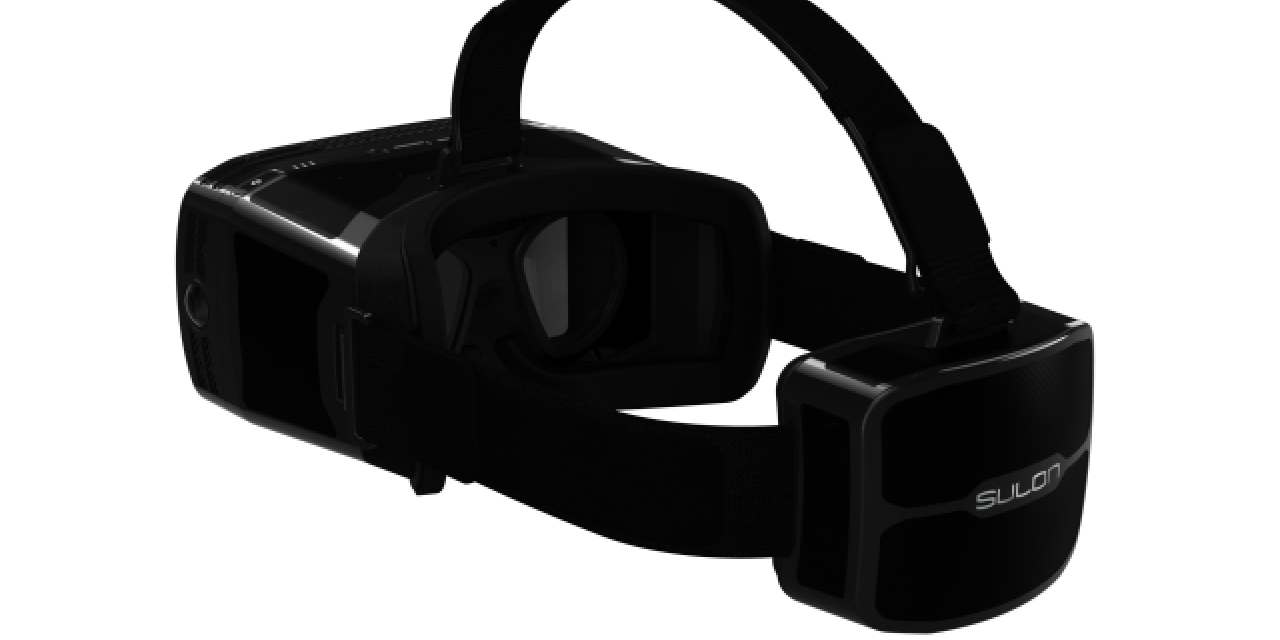
When Oculus Rift was first introduced as a Kickstarter pitch, most people didn't believe that this sci-fi gimmick was actually going to be built. Despite that, the virtual reality market is now becoming unexpectedly crowded with existing and upcoming offerings from Oculus itself, Valve, HTC, Microsoft, Sony, Samsung, Google and Intel.
But all this competition didn't deter AMD from entering the fray. AMD has partnered with Candaian startup, Sulon, to release Sulon Q which they claim to be "the world’s first and only all-in-one headset" for "virtual reality, augmented reality, and spatial computing."
Sulon Q's strongest feature is that it doesn't require tethering to a powerful PC or smartphone. The headset is powered by a quad-core AMD FX-8800P processor with a 35W TDP and 8 Radeon R7 graphics cores based on AMD's Graphics Core Next (GCN) architecture, assisted by an 8GB DDR3L RAM and 256GB SSD. Those specs are not as powerful as the recommended specs for Oculus Rift or SteamVR, but AMD believes that it can close the gap by taking advantage of OpenGL Vulkan and DirectX 12. Of course, there is nothing stopping Oculus game developers from utilizing those technologies and delivering better visuals. In fact, we expect most VR games to be based on one of the two APIs.
The headset also combines the features of Virtual Reality and Augmented Reality to achieve AMD's minted "Spatial Computing" which allows its users to place Windows 10 application windows in space and control them using Minority Report-style gestures.
Sulon Q offers a 110 degree field of view at 2560x1440 resolution. The headset will be released in "late spring." There is no word yet on price and battery life.




